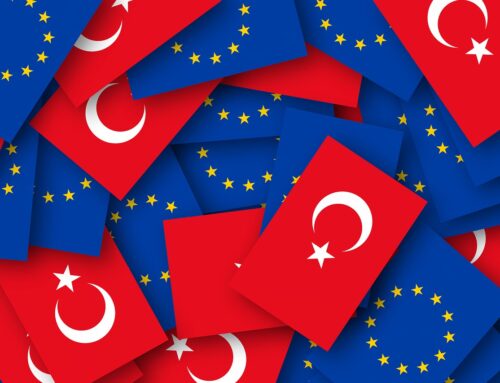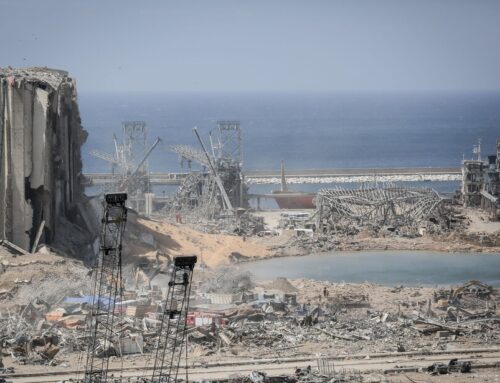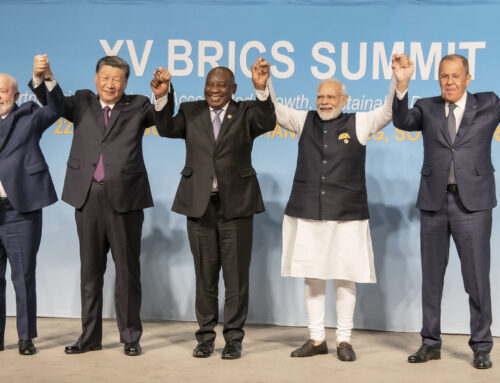PULASKI POLICY PAPER Madrid NATO Strategic Concept Qualitative Change or Semantic Healing (Andrzej Fałkowski)
Autor foto: Domena publiczna
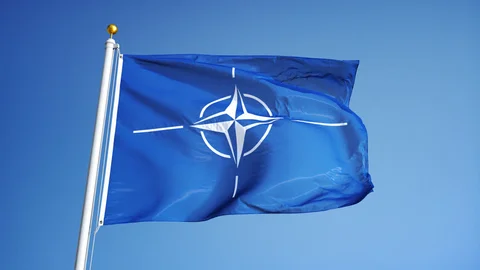
Madrid NATO Strategic Concept: Qualitative Change or Semantic Healing?
July 14, 2022
Author: Andrzej Fałkowski

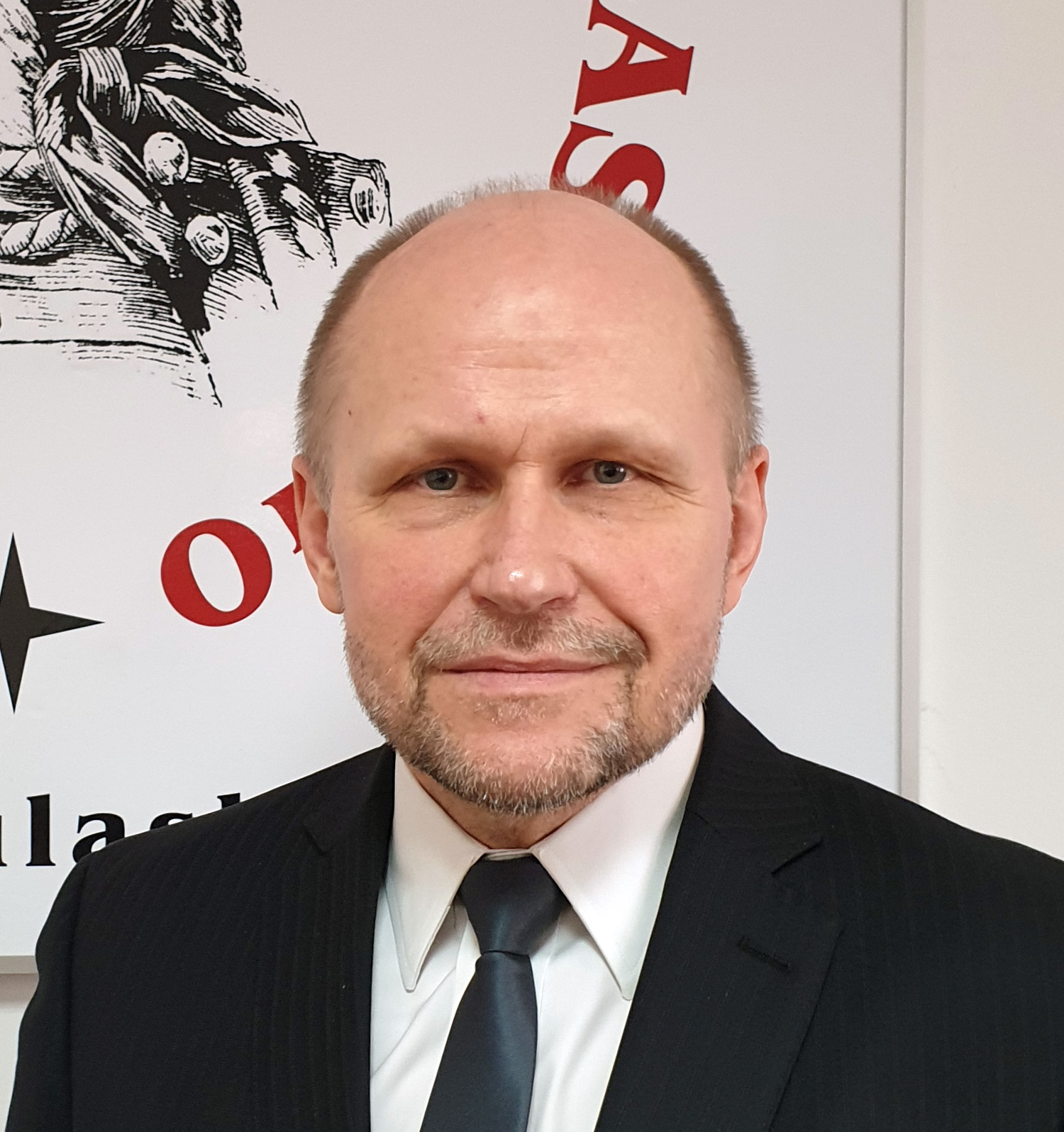


PULASKI POLICY PAPER Madrid NATO Strategic Concept Qualitative Change or Semantic Healing (Andrzej Fałkowski)
Autor foto: Domena publiczna
Madrid NATO Strategic Concept: Qualitative Change or Semantic Healing?
Author: Andrzej Fałkowski
Published: July 14, 2022
Pulaski Policy Paper no 12, July 14 2022
The North Atlantic Treaty is like the constitution of an organisation, inviolable and containing more universal and indisputable content. The Strategic Concept, on the other hand, is a kind of NATO signpost, defining the directions important for the Alliance countries for the coming years. The new Strategic Concept adopted during 2022 NATO Summit should not be considered in isolation from other decisions taken in Madrid. There were more, both official and off-the-record, which we may never know, or we will find out many years later. Since the Madrid Concept will be the Alliance’s compass for the next decade (the previous one lasted nearly 12 years), it is worth examining the structure, logic and essential content of this document.
Concept design and content
Fortunately, the size of the document was limited to the necessary paragraphs only (49 in total), although the content contains many repetitions of the same issues in different context.
In addition to Preface (constituting an executive summary), the concept includes a description of Purpose and Principles and Strategic Environment. It also consists of several chapters interpreting the core tasks of the alliance, such as Collective Defence, hereinafter Deterrence and Defence (interestingly in the previous concept, these words were presented the other way around, as “Defence and Deterrence”). At the same time, the adjective Collective is used in association not only with defence, but also appears as Collective Resilience, Collective Security, or Collective Commitment in various terms.
In turn, the “prevention” component has been added to crisis management (earlier), and now we have Crisis Prevention and Crisis Management. As for the Alliance’s third core task, Cooperative Security, its name remains unchanged, but many geographic regions – that were not even mentioned before – have been identified. The document ends with a chapter of Ensuring the Alliance’s Continued Success, which is the euphemistic name for a chapter that boils down to guaranteeing that adequate resources are provided for the alliance’s defence activities.
Other semantic trickeries include consistent use of the Russian Federation name, not Russia as it was in the Lisbon paper.
With the new refinement of the Purpose and Principles, it is recalled that NATO is a defensive alliance and the transatlantic bond remains relevant. It relates to common values, individual freedom, human rights, democracy and the rule of law. There is also a reference to the role of the Alliance as a unique transatlantic forum for consultation, coordination and action.
Mention is also made of collective resilience and technological superiority, as well as concern for climate change. Having nothing against promoting gender equality and the women’s agenda, one may ask, however, if is that a good place for it in the Strategic Concept of the Defence Alliance and should NATO be responsible now for everything that the modern world suffers from?
A wide catalogue of threats is presented in the description of the Security Environment. Some of them have not yet been mentioned in a document of this rank or have been included in other Allied decisions. This section lists a variety of threats, incl. conventional, hybrid and cybernetic, terrorist, climate, humanitarian, activities in cyberspace and space, disinformation, natural disasters, manipulation of energy supplies, economic coercion, subversive activity, annexations, creation of spheres of influence, conflict-related sexual and violence against civilians as well as attacks on cultural assets and environmental destruction, forced evictions, stoking human trafficking and illegal migration. Counteracting these threats requires other international organisations to play a leading role in building resilience to them.
Importantly, after many years (at least from the Russia-Georgian war in 2008), NATO finally recognised the Russian Federation as the most important and immediate threat to the security of its allies and peace and stability in the Euro-Atlantic area. Ironically, this is a very significant, but much delayed, lamentation.
Interestingly, when explaining NATO’s Core Tasks and throughout the document, there was a reminder dose and additional confirmation of the legitimacy as well as a specific reinterpretation and repetition of the provisions of 1949 by quoting and commenting on several important articles of the North Atlantic Treaty. Article 5 (“one for all, all for one”) is the most frequently mentioned. In addition, Article 3 (self-defence and resilience), Article 4 (consultation), Article 6 (complementing Article 5 and describing the range of the treaty area), Article 10 (enlargement and open door policy) were recalled again. One can get the impression that the treaty provisions of 73 years ago were deliberately dusted off to remind potential opponents of NATO’s determination to act should the Alliance be forced to do so.
Geography of the Concept
It is also worth mentioning the geographical breadth of the Concept, as many countries, regions or geographic directions and areas in the various contexts are mentioned here by name. These should be listed to illustrate NATO’s focus.
Starting with the provisions concerning Ukraine, which in the author’s opinion, both in the Concept and in other Summit documents, are far from sufficient. It is not enough to say that a strong, independent Ukraine is crucial for the stability of the Euro-Atlantic area. There was no convincing and clear aid declaration, and certainly NATO’s role in crisis prevention and management and cooperative security, under which Ukraine had a special status, even as a Enhanced Opportunity Partner.
In addition to the Russian Federation often-cited in the Concept, several separate articles are devoted to the People’s Republic of China as a state that challenges NATO’s interests, security and values and uses a wide variety of political, economic and military tools to expand its worldwide reach.
It is problematic to accept this direction of NATO’s interest in China and, in principle, the open teasing of a state that does not belong to the Area of Responsibility of the North Atlantic Treaty. It’s like asking for troubles that NATO has a lot of anyway. And this is not helped by the successive semantic ploys that China is (only) a challenge for the Alliance. NATO does not need it, because it additionally weakens its geopolitical defence direction on which the organisation should be focused. After all, NATO is a North Atlantic alliance, not an international policeman, although this role of NATO has been gaining momentum over the years. In relations with China, new political and economic solutions as well as an extensive formula, and maybe even partnerships, are needed. An expanding interpretation and the current explanation under Crisis Prevention and Crises Management or/and Cooperative Security, may not be enough to regulate relations with China. Incidentally, there is no mention of China in the Lisbon Strategic Concept. Has the situation changed so dramatically since the last concept (12 years) that the PRC is mentioned many times?
The Concept also mentions other countries such as Belarus, Iran, North Korea, Syria (as hostile and rogue countries), but also Georgia, Bosnia and Herzegovina, and again Ukraine as partner and candidate countries, and Afghanistan in terms of gaining experience and the need to improve NATO’s own capabilities, although no mention was made of the “strange and surprising” ending of this extremely important NATO operation.
Interestingly, the concept lists three NATO countries, the USA, Great Britain and France, in terms of their nuclear capabilities. A similar reference was made in the previous concept.
The document also covers large geographic regions from the High North to Africa, including North Africa and the Sahel, as well as the Middle East, the Western Balkans, and the Black, Baltic and Mediterranean Seas regions, and finally the Indo-Pacific.
This approach goes far beyond the treaty area. This is explained by NATO’s interest in these geographic directions, their enormous impact on the security situation in the treaty area, despite the fact that they are thousands of kilometres away. In practice, this means a geographic extension of NATO’s interest, that is, practically “physically” going beyond the treaty area. One can understand the principle of keeping threats far beyond our borders, but most of all NATO must be involved in the area covered by the name of the alliance – the North Atlantic.
The Concept also indicates international organisations, the most common of which is the need to cooperate with the EU, but also with the UN, OSCE and the African Union.
Summary and conclusions
1. The core of the 2022 Strategic Concept is confirmation of NATO’s 360-degree approach to security, a new approach to multidimensional threat from Russia, and a range of other risks arising from the development in various world spots.
2. One may as if NATO’s Madrid Strategic Concept represents a qualitative leap if it has not managed to break away from Lisbon Concept. In fact, it is a development and interpretation of the previous concept from 2010 with some modifications resulting from the dynamic developments in the international security environment. After all, it is difficult to call appeals, persuasion and declarations about building and strengthening resistance to various threats that appear throughout the text of the Concept as the only innovation. By the way it is a pity that no attempt has been made, for example, to push through NATO’s new core task of Building Alliance Resilience. This may seem like a repetition of Article 3, but ultimately Collective Defence also interprets Article 5.
3. The Concept’s narrative selectively absorbed what had been agreed in several previous summit communiqués but the accents were slightly different and, of course, more futuristic. Moreover, it consumed in a very abbreviated form the last year document entitled “NATO 2030: United for a New Era. Analysis and Recommendations of the Reflection Group established by the NATO Secretary General. ”
4. The Concept in which the Russian Federation is cited in every possible form sounds a bit like an appeal to this violent country (and a soft warning to China) saying – “we are watching you closely!” The world needs to know that NATO is at play and will not hesitate to use its potential. However, now is the time for NATO nations to bring the hammer down on Russia’s aggressive actions that was lacking. The 2022 Strategic Concept finally admits “there is no peace in the Euro-Atlantic area. The Russian Federation has breached the norms and principles of a stable and predictable European security order.” Russia was named, but the euphemistic language of not provoking Russia still prevails, and so far has not yielded any results. On the contrary, it has encouraged this regime to act aggressively.
5. The original goal of establishing NATO is slowly being lost due to the unfavourable dispersion of the effort into many geographic directions and threats. Whatever the nature of the threats, this should not turn a well-functioning defence machine into the “global policeman” that the Alliance has been developing for many years. While the creation of a new concept has become an urgent necessity, it marks a departure from concentrating efforts on the Euro-Atlantic area, which is of greatest concern. NATO must jointly defend Europe and North America.
6. It is not beneficial for the countries of our region and the Alliance’s cohesion and strength, as the consequence of an overly wide-ranging approach may be the Alliance’s dysfunction. NATO with all its enormous potential will not be able to meet all of these challenges. Some of them, although they belong to the broadly understood sphere of security, should be only in the Alliance’s situational awareness, but with other international organisations leading in building their resilience, such as the European Union. Paradoxically, various NATO activities, not necessarily directly related to defence, may lead to the loss of its “military teeth”. An operation to please everyone generally fails.
7. Undoubtedly, it was difficult to reach a consensus on the more radical provisions. Probably the struggle for every sentence, and even for every word of the Concept, lasted many months and it was difficult at this stage to work out a better final shape, if we take into account the principle of consensus binding in NATO. Therefore, it will now be of paramount importance to forge into “military steel” what has been politically established. Whether the new Strategic Concept has become a novelty and not a series of semantic healings can be assessed in the near future. We’ll see when Madrid Concept becomes obsolete due to the dynamically and fundamentally changing security environment.
Author: Dr Andrzej Fałkowski, Lt. Gen. (Ret.), Senior Fellow at the International Security and Defence Programme of the Casimir Pulaski Foundation



